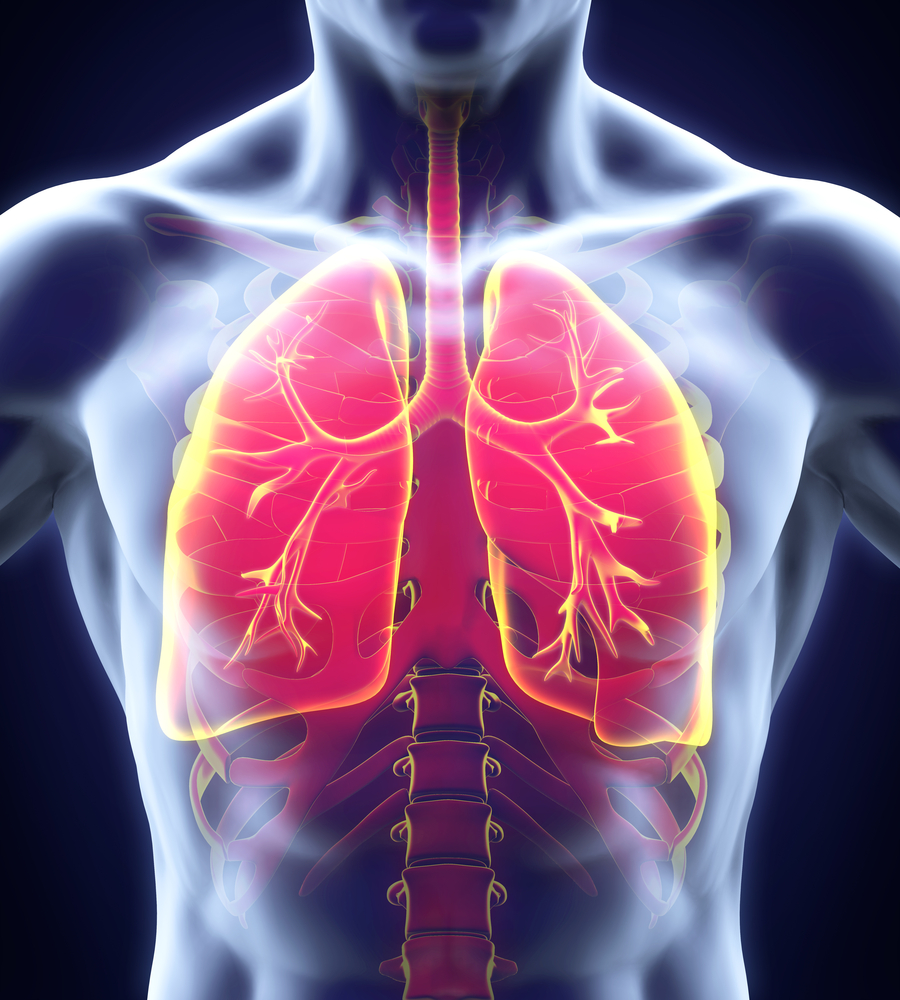Pulmonary Arterial Hypertension Frequent in African HIV Patients

A recent review study has found that patients with HIV in Africa have a higher than average prevalence of developing pulmonary arterial hypertension (PAH). The study, entitled “HIV related pulmonary arterial hypertension: epidemiology in Africa, physiopathology, and role of antiretroviral treatment,” was published in the AIDS Research and Therapy journal.
PAH is a disease characterized by narrowed and blocked pulmonary arteries, making it difficult for the heart to pump blood through the lungs and raising the pressure in those arteries. The increase in pulmonary artery pressure (an mPAP above 25 mmHg) results in shortness of breath, dizziness, and chest pain, and may ultimately cause right heart failure.
When compared to the incidence of PAH in the general population, the risk of developing PAH in HIV-infected patients increases by 2,500-fold. This, in turn, reduces the probability of survival of HIV patients with PAH by half when compared to HIV patients without PAH. Consequently, it is important for PH researchers to investigate the influencing factors and underlying mechanisms behind the disease to improve patients’ conditions and overall survival.
In this study, the authors reviewed HIV-related PAH in Africa, the most HIV-infected portion of the world, in terms of epidemiology, pathogenesis, and role of highly active antiretroviral therapy on HIV-related PAH.
The results suggest that prevalence of PAH among HIV-infected individuals in Africa varies from 5% to 13% — notably high compared to developed countries. From a pathogenesis view, PAH in HIV patients likely results from a combination of genetics with environmental factors, and though the pathophysiologic mechanism remains unexplored, factors such as the genetic predisposition, presence of HIV viral proteins, and an increase in secretion of signaling proteins (cytokines) may account for the dysregulation of vascular smooth muscle cell growth in these patients. Finally, the researchers pointed out that HIV-related PAH has similar characteristics to other types of PAH, and the antiretroviral therapy was found to be beneficial for patients with HIV-related PAH.
Overall, this review highlights that HIV patients in Africa are at considerable risk of developing PAH. However, the authors estimate that there is a need for large prospective studies to better understand the burden of HIV-related PAH in Africa and worldwide, as well as the risk factors.







